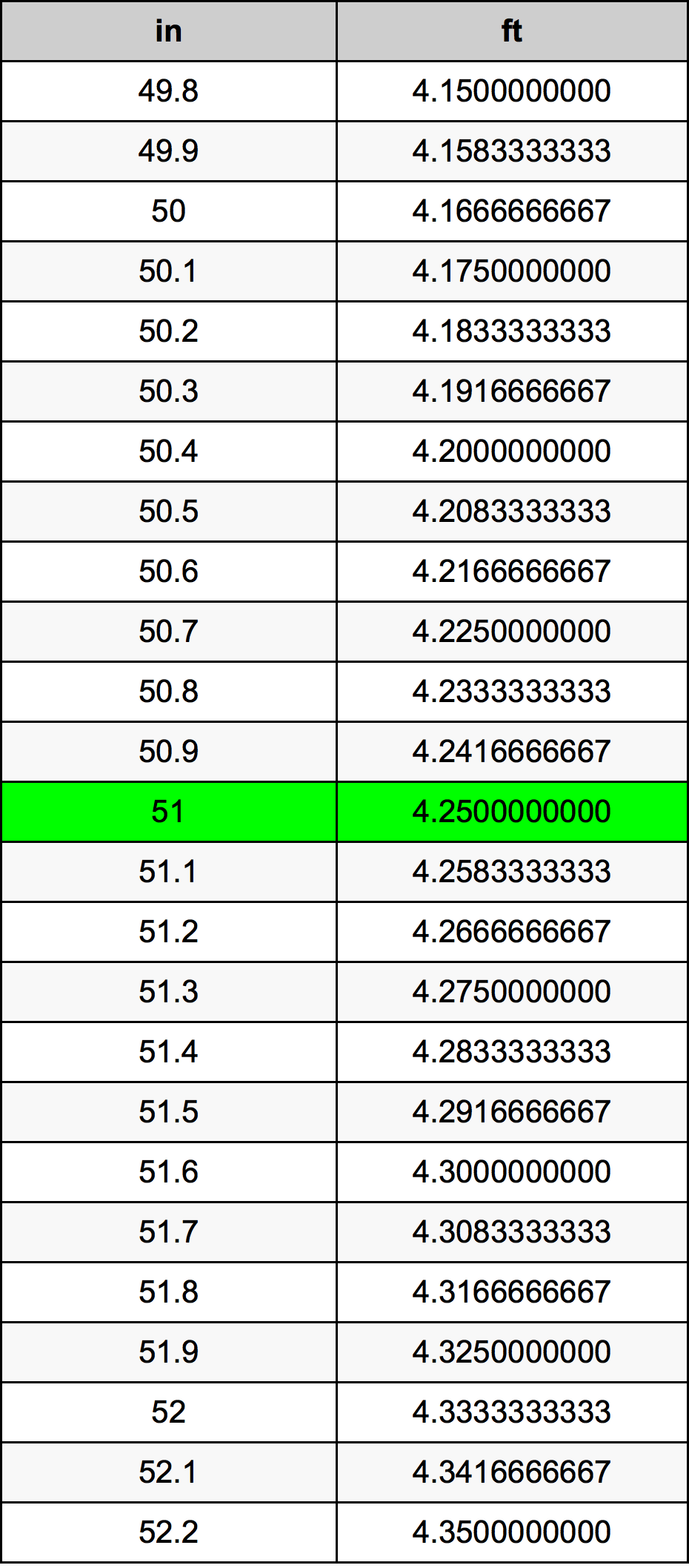How to Boot Windows 10 with Rufus ISO

Have you ever found yourself in a situation where your Windows 10 installation is corrupted or you need to perform a clean install? Well, one of the most efficient ways to tackle this is by creating a bootable USB drive using Rufus and your Windows 10 ISO file. In this article, we will delve into the step-by-step process of booting Windows 10 with Rufus, ensuring a seamless and hassle-free experience. So, let's get started!
Understanding the Importance of Rufus

Rufus is a lightweight and powerful utility tool designed specifically for creating bootable USB drives. It offers an intuitive interface and supports various operating systems, making it an excellent choice for Windows 10 installations. By using Rufus, you can transform a simple USB drive into a bootable media, allowing you to install or repair your Windows 10 system with ease.
Moreover, Rufus provides several advanced features, such as partition scheme selection, file system customization, and boot options. These features enable you to tailor the bootable USB drive to your specific needs, ensuring a smooth and personalized installation process.
Preparing for the Boot Process

Before we begin the process of booting Windows 10 with Rufus, let’s ensure we have everything ready. Here’s a checklist to guide you:
- A Windows 10 ISO file: Obtain the ISO file from an official Microsoft source or your existing Windows installation media.
- A compatible USB drive: Ensure you have a USB flash drive with sufficient storage capacity (typically 8GB or more) and a reliable connection.
- Rufus utility: Download the latest version of Rufus from its official website and install it on your computer.
- Backup important data: Before proceeding, it's crucial to back up any essential files or documents to avoid data loss during the installation process.
Step 1: Launch Rufus and Configure Settings
Once you have gathered the necessary components, it’s time to begin the boot process. Follow these steps to configure Rufus for Windows 10 installation:
- Connect your USB drive to your computer and launch Rufus. The software will automatically detect the connected device.
- In the Device drop-down menu, select the USB drive you wish to use for the bootable media. Ensure it is the correct drive to avoid any data loss.
- Under the Boot Selection section, click on the CD drive icon and navigate to the location of your Windows 10 ISO file. Select the ISO file and click Open.
- Under the Partition Scheme drop-down menu, choose the appropriate option based on your system's architecture. Typically, GPT is recommended for UEFI-based systems, while MBR is suitable for older BIOS-based systems.
- In the File System drop-down menu, select NTFS as it is the default file system for Windows 10 installations.
- If desired, you can customize additional settings such as Cluster Size, New Volume Label, and Format Options. However, the default settings are generally sufficient for a successful installation.
Step 2: Create the Bootable USB Drive
With the settings configured, it’s time to create the bootable USB drive. Here’s how:
- Click on the Start button in Rufus. A confirmation prompt will appear, reminding you that the selected device will be formatted.
- Click OK to proceed. Rufus will begin the formatting process and create the bootable USB drive.
- Once the process is complete, you will receive a confirmation message indicating that the USB drive is ready for use. Click Close to exit Rufus.
Booting Windows 10 with Rufus
Now that you have a bootable USB drive, it’s time to boot your computer from it and initiate the Windows 10 installation. Here’s a simple guide to follow:
- Insert the bootable USB drive into your computer and restart it.
- During the boot process, access the BIOS or UEFI firmware settings by pressing the designated key (often Del, F2, or F12). Refer to your computer's documentation for the specific key.
- Navigate to the Boot menu and set the USB drive as the first boot device. Save the changes and exit the BIOS or UEFI firmware settings.
- Your computer will now boot from the USB drive, and you will see the Windows 10 installation screen. Follow the on-screen instructions to complete the installation process.
Troubleshooting Tips
In some cases, you might encounter issues while booting from the Rufus-created USB drive. Here are a few troubleshooting tips to resolve common problems:
- Check USB drive compatibility: Ensure that your USB drive is compatible with Rufus and has sufficient storage capacity. Some older USB drives may not work reliably with Rufus.
- Verify ISO file integrity: Corrupted ISO files can lead to boot errors. Verify the integrity of your ISO file by checking its hash value against the official Microsoft release.
- Update BIOS or UEFI firmware: Outdated firmware versions may cause compatibility issues. Update your BIOS or UEFI firmware to the latest version to ensure smooth bootability.
- Try different USB ports: If you experience issues with one USB port, try connecting the USB drive to a different port on your computer.
Performance and Reliability
Rufus-created bootable USB drives offer excellent performance and reliability. By utilizing the latest file systems and optimized settings, Rufus ensures a fast and efficient installation process. Additionally, Rufus provides error-checking features during the creation process, minimizing the chances of data corruption.
| File System | Performance |
|---|---|
| NTFS | High-performance file system suitable for Windows 10 installations. |
| FAT32 | Compatible with older systems but may have limitations for large files. |

Conclusion

Booting Windows 10 with Rufus is a straightforward and efficient process. By following the steps outlined in this article, you can create a reliable bootable USB drive and perform a successful installation. Rufus offers an intuitive interface, advanced customization options, and excellent performance, making it an ideal tool for Windows enthusiasts and professionals alike.
Remember to back up your important data, choose the appropriate settings, and troubleshoot any potential issues. With Rufus, you'll have a powerful tool at your disposal for all your Windows 10 installation needs.
Frequently Asked Questions
Can I use Rufus to create bootable USB drives for other operating systems as well?
+Absolutely! Rufus is not limited to Windows 10. It supports various operating systems, including Linux distributions and other Windows versions. Simply select the appropriate ISO file and follow the same steps to create bootable media for different OSes.
What if I encounter an error during the boot process, such as a black screen or a boot loop?
+If you face such issues, it’s recommended to double-check your BIOS or UEFI firmware settings to ensure the USB drive is set as the first boot device. Additionally, verify the integrity of your ISO file and try using a different USB drive if possible.
Is it necessary to format the USB drive before creating the bootable media with Rufus?
+Yes, formatting the USB drive is an essential step to ensure the drive is clean and ready for the bootable media creation process. Rufus provides an easy-to-use formatting feature, allowing you to quickly prepare the drive.
Can I use Rufus to repair or troubleshoot a corrupted Windows 10 installation?
+Yes, Rufus can be a valuable tool for repairing or troubleshooting Windows 10 installations. By creating a bootable USB drive with Rufus, you can access the Windows Recovery Environment and perform various repair options, such as system restore or advanced troubleshooting.
Are there any alternative tools to Rufus for creating bootable USB drives?
+While Rufus is a popular and widely used tool, there are alternative options available. Some popular alternatives include Etcher, UNetbootin, and WinToUSB. Each tool has its own unique features and user interface, so it’s worth exploring and finding the one that suits your preferences.



